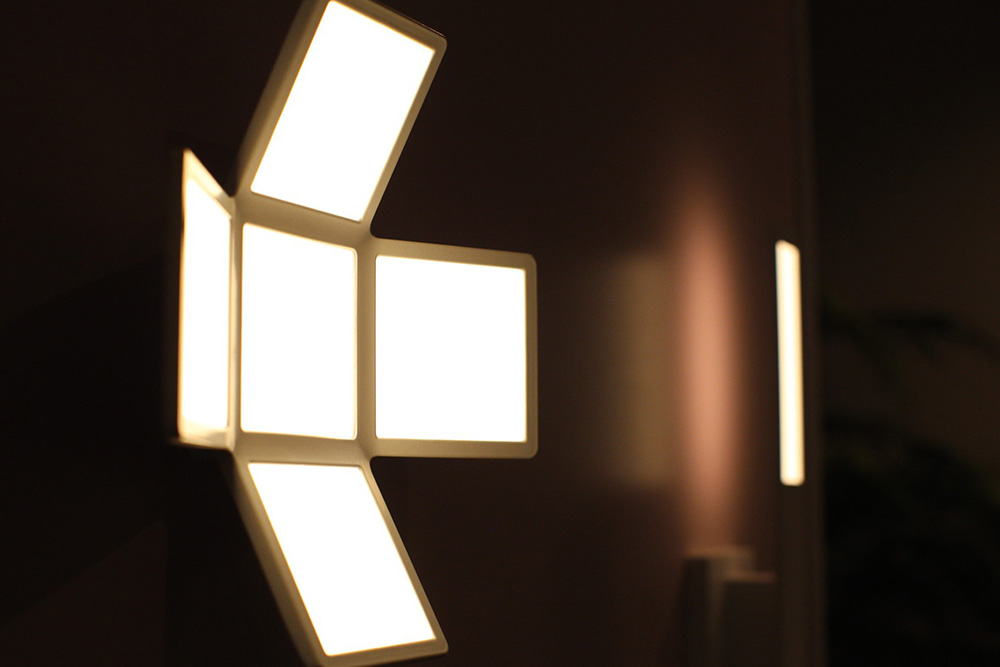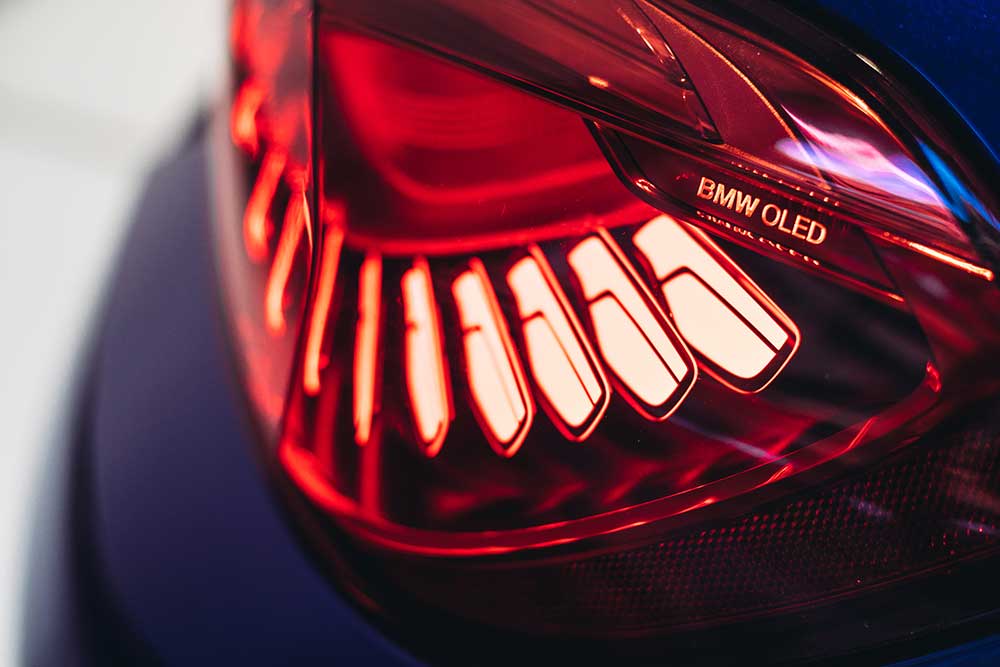The Lighting Market
With lighting consuming over 15% of the world’s total electricity and accounting for 5% of worldwide greenhouse gas emissions, more energy-efficient lighting products are in high demand. Based on the Company’s UniversalPHOLED® technology and materials, OLEDs have the potential to offer power efficiencies that are superior to those for today’s incandescent bulbs and fluorescent tubes.
Traditional incandescent light bulbs are inefficient because they convert only about 5% of the energy they consume into visible light, with the rest emerging as heat. Fluorescent lamps use excited gases, or plasmas, to achieve a higher energy conversion efficiency of about 20%-25%. However, the color rendering index, or CRI, of most fluorescent lamps – in other words, the quality of their color compared to an ideal light source – is inferior to that of an incandescent bulb. Fluorescent lamps also pose environmental concerns because they typically contain mercury.
Solid-state lighting relies on the direct conversion of electricity to visible light using semiconductor materials. By avoiding the heat and plasma-producing processes of incandescent bulbs and fluorescent lamps, respectively, solid-state lighting products can have substantially higher energy conversion efficiencies.
There are currently two basic types of solid-state lighting devices: inorganic light emitting diodes, or LEDs, and OLEDs. Current LEDs are very small in size (about one square millimeter) and are extremely bright. Having been developed about 25 years before OLEDs, LEDs are already employed in a variety of lighting products, such as traffic lights, billboards, replacements for incandescent lighting, backlights for smartphones, computer monitors and televisions, and as border or accent lighting. However, the high operating temperatures and intense brightness of LEDs may make them less desirable for certain general illumination applications, where diffusers cannot be readily employed.
OLEDs, on the other hand, are larger in size and can be viewed directly, without using diffusers that are required to temper the intense brightness of LEDs. OLEDs can be added to any suitable surface, including glass, plastic or metal foil, and can be cost-effective to manufacture in high volume. Given these characteristics, product manufacturers have launched some initial OLED lights for diffuse specialty lighting applications and are working toward general illumination. If these efforts are successful, we believe that OLED lighting products will be used in applications currently addressed by incandescent bulbs and fluorescent lamps, as well as for new applications that take advantage of the OLED form factor. In particular, the ability of OLED technology to produce uniform illumination over arbitrary shapes is making OLED lighting very attractive to the automobile industry. Commercial OLED tail lights were introduced into the market in 2016 and there is work on utilizing OLEDs for signal lights and other applications in automobiles and the aerospace industry.
OLED Lighting Market Drivers
Energy efficient – environmentally friendly
- Low drive voltage
- Low operating temperatures, cool to touch
- Long lifetime
- Easy to control
Highly desirable color quality
- Wide range of CCT, high CRI possible
- Color tunable
- Instant “ON” , dimmable without flicker
- No glare, no noise
- Low UV content
Novel form factor
- Thin and lightweight
- Transparent
- Non-breakable, conformable, flexible, rollable
Low cost potential
- Scaling advantage
- Roll to roll process


